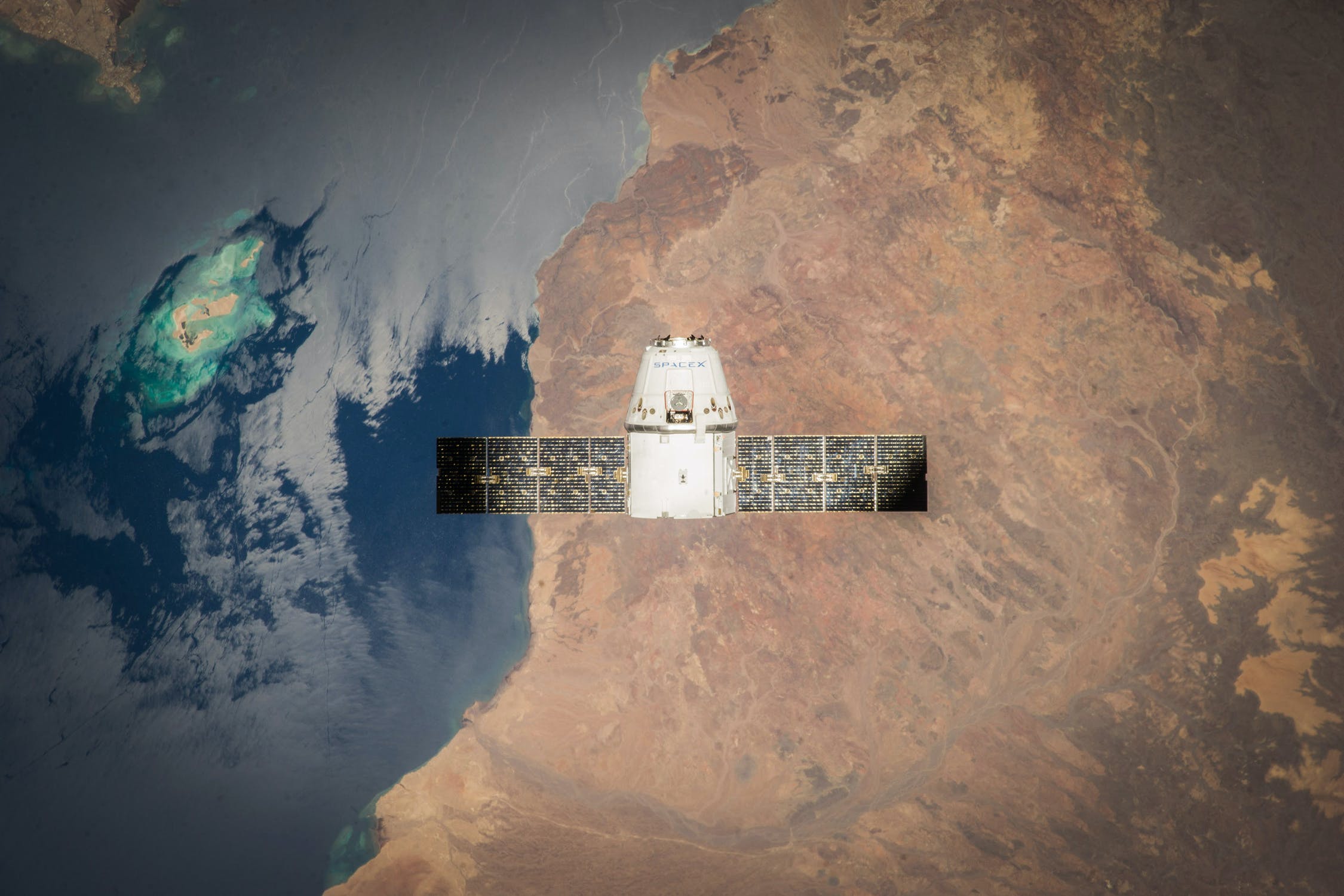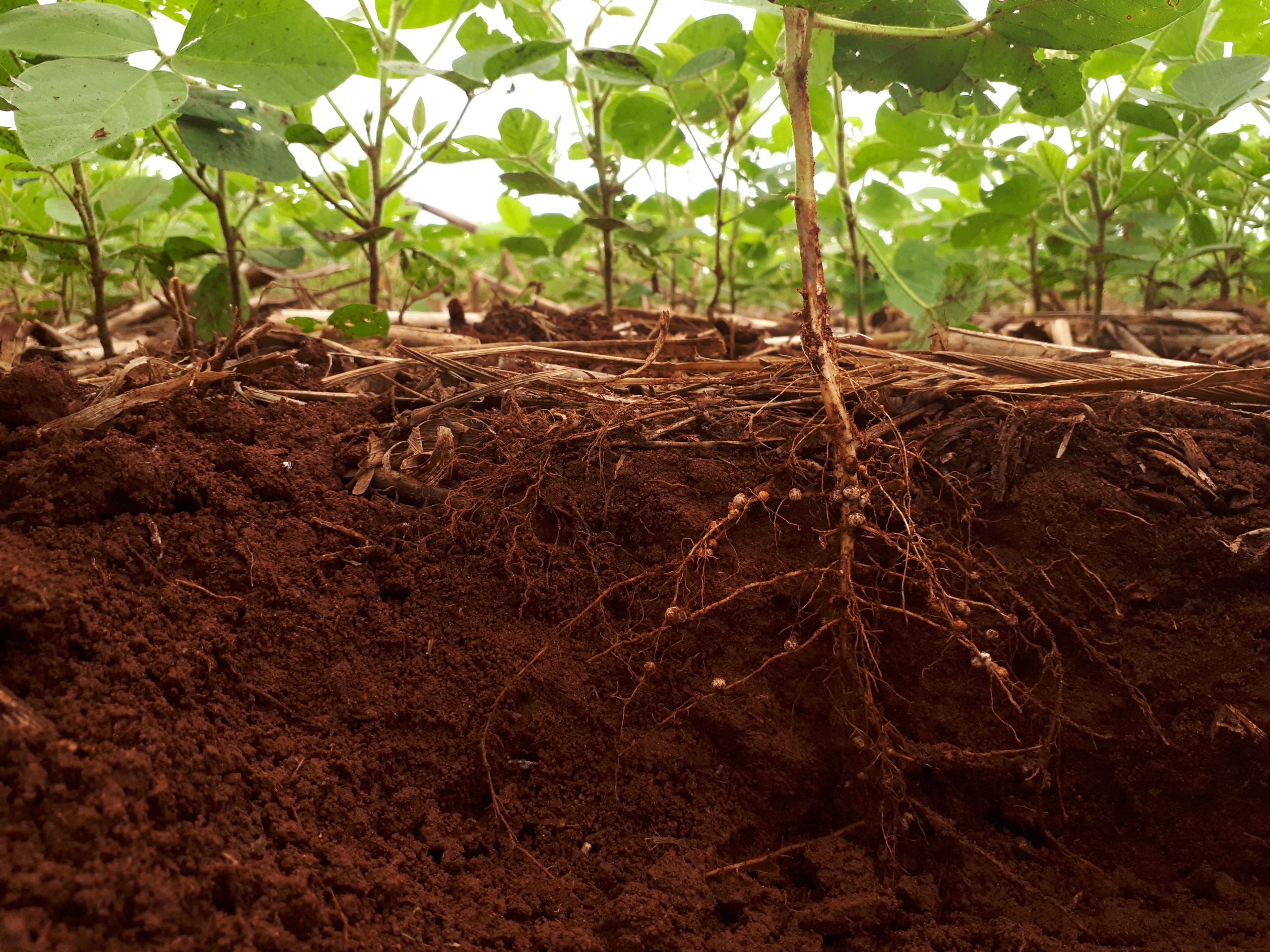We utilize satellite data
The measurements of leaf temperature, solar radiation, crop leaf size and photosynthesis are all based on earth observation satellites. Satellites measure the crop routinely every day and for all fields and countries in an identical manner. The raw satellite data is made available by the space agencies. Using SEBAL, the actual evapotranspiration (ET), soil moisture and carbon flux (C) is processed from this raw data. Crops with an increased leaf temperatures have insufficient access to water, or are limited by something else.
The rate of transpiration is similar to sap-flow which reflects the uptake of water by roots. Hence, we can determine essential root zone processes and determine fundamental underground physical processes that are not visible from above. A background lecture on the crop and soil physics can be found on the IrriWatch YouTube channel.

